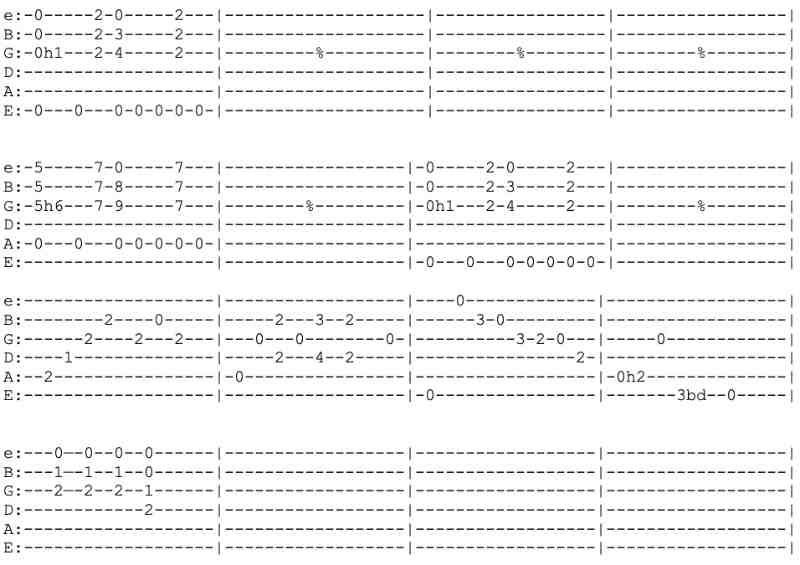January 10, 2025 by Klaus Crow
Are you looking to spice up your guitar practice with a cool and nifty 12-bar blues riff? Whether you’re a beginner or a seasoned player, the 12-bar blues is a fundamental structure that offers endless opportunities for creativity.
In this post, we’ll break down a simple yet impressive blues riff with hammer-ons and plucking the strings that’s easy to learn and guaranteed to add flair to your playing. Plus, don’t miss the included video lesson and the accompanied Tabs to help you master it step by step!
What’s in a Name
A while ago I was on holiday with my family and we went the to Veluwe National Park. It’s the largest forest area in The Netherlands. While I was enjoying my coffee, relaxing on the couch and fiddling on my guitar I came up with a 12 bar blues, hence the name Veluwe Couch Blues.
Tabs for the 12 Bar Blues

How to Play The Blues Riff
- Bars 1-4: Start with a rhythmic pattern based on the E7 chord. Use alternate picking to keep the groove consistent.
- Bars 5-6: Shift to the A7 chord. Notice the similar finger shapes, which make transitions smooth.
- Bars 7-8: Return to the E7 chord and repeat the opening riff.
- Bar 9: Move to the B7 chord and play the designated riff for one bar.
- Bar 10: Transition to the A7 chord for one bar.
- Bars 11-12: Play the closing riff in E7, resolving the progression beautifully and setting up the next loop.
What Is the 12-Bar Blues?
The 12-bar blues is a classic chord progression used in countless blues, rock, and even jazz songs. It typically follows a structure of three four-bar sections:
- The I chord (root chord) for 4 bars.
- The IV chord (subdominant) for 2 bars, followed by the I chord for 2 bars.
- The V chord (dominant) for 1 bar, the IV chord for 1 bar, and a closing riff in the I chord for 2 bars.
E7 | E7 | E7 | E7
A7 | A7 | E7 | E7
B7 | A7 | E7 | E7 (closing riff)
Why Learn the 12-Bar Blues?
The 12-bar blues is more than just a chord progression; it’s a gateway to musical improvisation and expression. Mastering a few riffs and licks can:
- Improve your timing and rhythm.
- Expand your knowledge of scales and chords.
- Prepare you for jamming with other musicians.
- Tips for Practicing
- Start Slow: Use a metronome to keep time and gradually increase your speed.
- Focus on Groove: Blues is all about feel, so emphasize the rhythmic swing.
- Experiment with Variations: Add slides, hammer-ons, and pull-offs to make the riff your own.
- Jam with a Backing Track: Playing along with a track can help you internalize the 12-bar structure.
Enjoy!
Leave a Reply